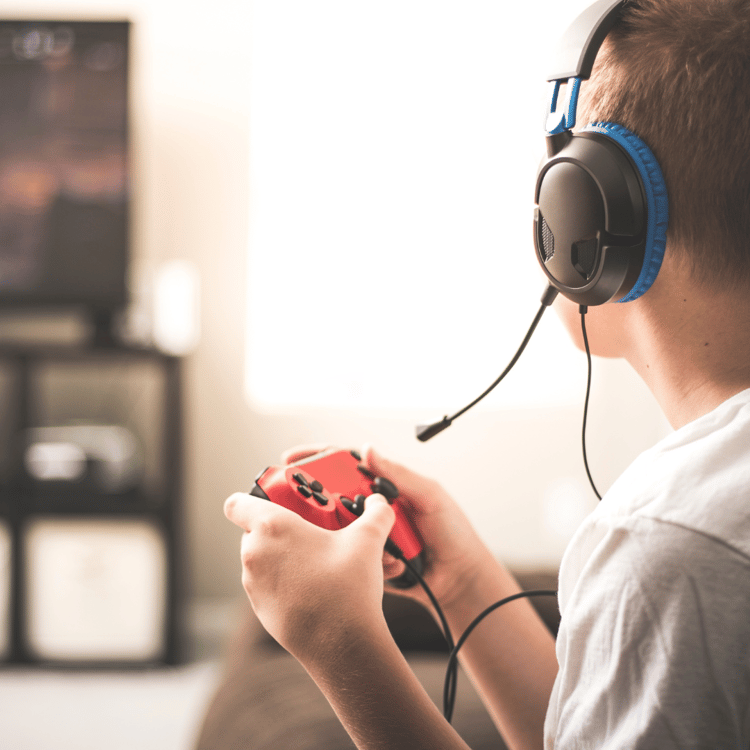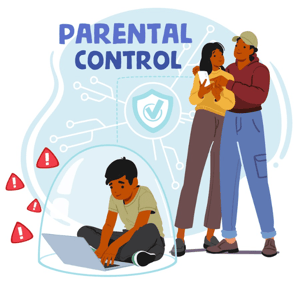Making a video game is no easy task. So many different pieces need to come together to create a successful game. In this blog post, we will outline the process of making a video game and give you a few tips on getting started. If you’re thinking about making a game, read on!
Game design is the process of creating the rules and challenges of a game, as well as conceptualizing its overall look and feel. A game designer works within this process to bring a game to life. In many cases, the game designer is the lead artist and programmer.
The role of a game designer is often fluid; as a project progresses, designers may take on additional responsibilities or shift their focus to different areas. However, the core goal of game design remains the same: to create an enjoyable and engaging experience for players. Game designers always think about ways to make games more fun, whether coming up with innovative mechanics or crafting an immersive world.
Blog article: Benefits of Video Games | The Ultimate Guide for Parents

Table of Contents
What kind of qualities should a game developer have?
A game developer is responsible for the creation and maintenance of video games. The role of a game developer can vary depending on the size and scope of the project but typically includes duties such as game design, programming, art creation, and user testing. To succeed in this field, a game developer must have strong problem-solving skills and the ability to think creatively and work within strict deadlines. They must also be able to work collaboratively with a team of other developers, artists, and designers.
In addition, they must be able to communicate clearly and effectively to convey their vision for the game. Above all, a game developer must be passionate about video games and constantly strive to create new and innovative gameplay experiences.
What is the difference between game design and game programming?
The words “game design” and “game programming” are often used interchangeably, but there is a distinct difference between the two disciplines. Game design focuses on the game’s overall vision, including the concept, mechanics, and rules. In contrast, game programming focuses on bringing the game design to life by writing code.
Game programmers work with game engines to create graphics, audio, and gameplay. They also handle technical issues such as performance optimization and bug fixing. While game design and game programming are essential for creating a successful game, they require different skill sets.
Designers must be creative and understand what makes a fun and engaging gaming experience. Programmers must be able to write efficient code and navigate complex technical challenges. Ultimately, both disciplines must work together to create a great game.
Steps to make a video game
Develop your idea
Making a video game is no small feat, but it is certainly within the realm of possibility for a single person. The first step is to come up with a concept for the game. This includes developing a basic story, characters, and gameplay mechanics. It can be helpful to brainstorm with friends or look to other games for inspiration.
Before you start making video games, it’s crucial to have a clear vision for your project. Here are some questions you can ask yourself to develop your idea:
What kind of game do you want to make?
What genres are you interested in?
What mechanics will the game involve?
How will the player interact with the game world?
What challenges will they face?
What is the game’s Setting?
Who are the main Characters? What is the plot?
Answering these questions will give you a clear template to work from as you start creating your game.
When you have a solid concept, it’s time to start thinking about mechanics, story, and level design. All of these elements need to come together for the game to be fun and enjoyable. You can make your own video game with a clear vision and hard work.

Start the building process
After your idea is consolidated, you’ll need to start building the game, which is where programming comes in. This is also the stage where you’ll need to create any graphics and sound effects the game will need. The good news is that plenty of resources are available to help you get started, whether you’re a programming novice or an experienced developer.
Once you’ve got the basics down, you can start putting together your game design document, outlining all the gameplay elements, level design, and so on. From there, it’s just a matter of fleshing out the details and putting everything together. You can make your own video game with little effort and perseverance!
Testing your game
Once the game is complete, it’s time for testing and debugging to make sure everything is working correctly. Testing and debugging are a vital part of the game development process. By thoroughly testing your game, you can identify and fix any issues before players encounter them. This can help to improve the player experience and prevent negative reviews.
There are a few different ways to test your game. One is to simply play the game yourself and look for any problems. Another is to set up beta testing, where a group of testers play the game and provide feedback. Also, you can use automated testing tools to identify potential bugs. Whichever method you choose, testing and debugging are essential steps in ensuring that your game is fun and playable.
If a player found an exploit that allowed them to skip ahead in the game, or maybe there was a visual glitch that made the game look unpolished, these are considered bugs. Whatever the case, it’s essential to fix these bugs as soon as possible. Not only do they make your game look bad, but they can also lead to players getting stuck and unable to progress.
However, sometimes fixing bugs can be easier said than done. You might not be able to reproduce the bug, or you might not know where to start looking for a solution. In these cases, staying calm and trying to think creatively is important. Sometimes the simplest solution is the best; other times, you might need to reach out to the community for help. Whatever you do, don’t give up – your players are counting on you!
Finally, once the game is ready, it can be released to the public. Making a video game is a complex process, but seeing your creation come to life and be enjoyed by others can be incredibly rewarding.

What is the difference between 2d and 3d game development?
The most obvious difference between 2D and 3D game development is the addition of the third dimension. With 3D games, there is a significant increase in the level of detail that can be included. Objects can now have more intricate designs, and environments can be more complex and realistic.
In addition, 3D games allow for more interactivity, as players can now move around in three-dimensional space. As a result, 3D games often require more development time and resources than their 2D counterparts. However, increased detail and interactivity can create a more immersive and enjoyable gaming experience.
What is a good game engine to start learning how to create video games?
Many different game engines are available, each with its advantages and disadvantages. Ultimately, the best engine for you to use will depend on your skills and preferences. However, if you are just starting, choosing an engine that is relatively easy to learn and use might be a good idea.
One popular option is Unity, which many professional developers use. Unity offers a wide range of features and is relatively easy to use, even for beginners. The Unity game engine is a powerful tool for creating 3D games. Its features include a flexible scripting system, advanced lighting and shading capabilities, and built-in support for multiple platforms.
Unity also provides excellent performance, even on mobile devices. As a result, it has become one of the most popular engines for developing 3D games. However, Unity is not just for games—it can also be used to create simulations and other interactive applications. Whether you’re a beginner or an experienced developer, Unity can help you create impressive applications that will engage and delight your users. So if you’re looking for a powerful and versatile engine for your next project, check out Unity.
Another engine that is worth considering is Unreal Engine. Unreal Engine is a strong game engine designed for high-end graphics and immersive gaming experiences. It’s the engine behind some of the most popular games on the market, including Fortnite, Borderlands 3, and Gears 5.
Unreal Engine is known for its cutting-edge graphics, which allow developers to create ultra-realistic worlds. It’s also highly customizable, allowing developers to create games that look and feel unique. In addition to its visual capabilities, Unreal Engine is designed for performance, ensuring that games run smoothly on all devices. With its powerful features and flexibility, Unreal Engine is the engine of choice for many AAA game developers.

Conclusion
If you are looking for a creative and challenging project, making your own video game may be the perfect option. With the right tools and resources, it is possible to create a video game that is both fun and engaging. So, if you are ready to start your next adventure, explore some of the best tools and tips for creating your own video game.

















